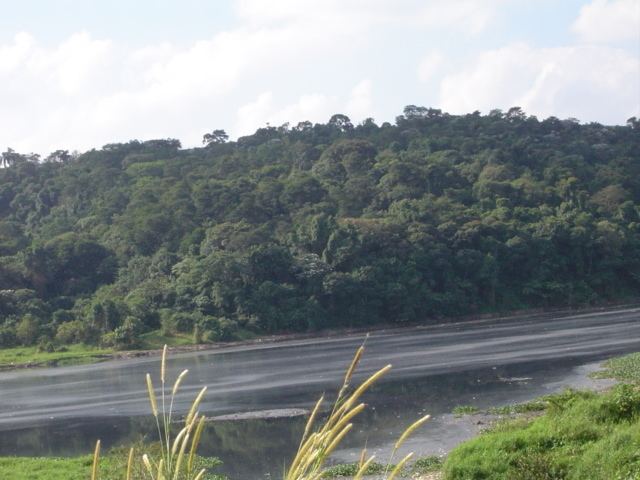 | ||
Brazil’s major and medium size metropolitan areas face increasing problems of water pollution. Coastal cities such as Rio de Janeiro, São Paulo and Recife suffer effects of upstream residential and industrial sewage contaminating feeder rivers, lakes, and the ocean. In 2000, only 35% of collected wastewater received any treatment.
Contents
For example, the Tietê River, which runs through the São Paulo metropolitan area (17 million inhabitants), has returned to its 1990 pollution levels. Despite the support from the IDB, the World Bank and Caixa Econômica Federal in a US$400 million cleanup effort, the level of dissolved oxygen has returned to the critical level of 1990 at 9 mg per liter due to increased levels of unregulated sewerage, phosphorus, and ammonia nitrogen discharged into the river. As of 2007, the state water company Sabesp projects that a minimum of R$3 billion (US$1.7bn) would be necessary to clean up the river.
Overview
The South and Southeast regions of Brazil experience water scarcity due to overexploitation and misuse of surface water resources, mostly attributable to heavy pollution from sewage, leaking landfills, and industrial waste.
Water pollution is also derived from ethanol production. Due to the size of the industry, its agroindustrial activity in growing, harvesting, and processing sugarcane generates water pollution from the application of fertilizers and agrochemicals, soil erosion, cane washing, fermentation, distillation, the energy producing units installed in mills and by other minor sources of waste water.
The two greatest sources of water pollution from ethanol production come from mills in the form of waste water from washing sugarcane stems prior to passing through mills, and vinasse, produced in distillation. These sources increase the biochemical oxygen demand in the waters where they are discharged which leads to the depletion of dissolved oxygen in the water and often causes anoxia. Legislation has banned the direct discharge of vinasse onto surface waters, leading it to be mixed with waste water from the sugarcane washing process to be reused as organic fertilizer on sugarcane fields. Despite this ban, some small sugarcane mills still discharge vinasse into streams and rivers due to a lack of transportation and application resources. Furthermore, vinasse is sometimes mishandled in storage and transport in mills.
Specific issues
Guanabara Bay has had three major oil spills as well as other forms of pollution.
The Tietê River has for over twenty years been afflicted with heavy pollution from sewage, primarily from São Paulo, and manufacturing. In 1992, the Tietê Project was initiated in an effort to clean up the river. São Paulo today processes 55% of its sewage and is expected to process 85% by 2018.
